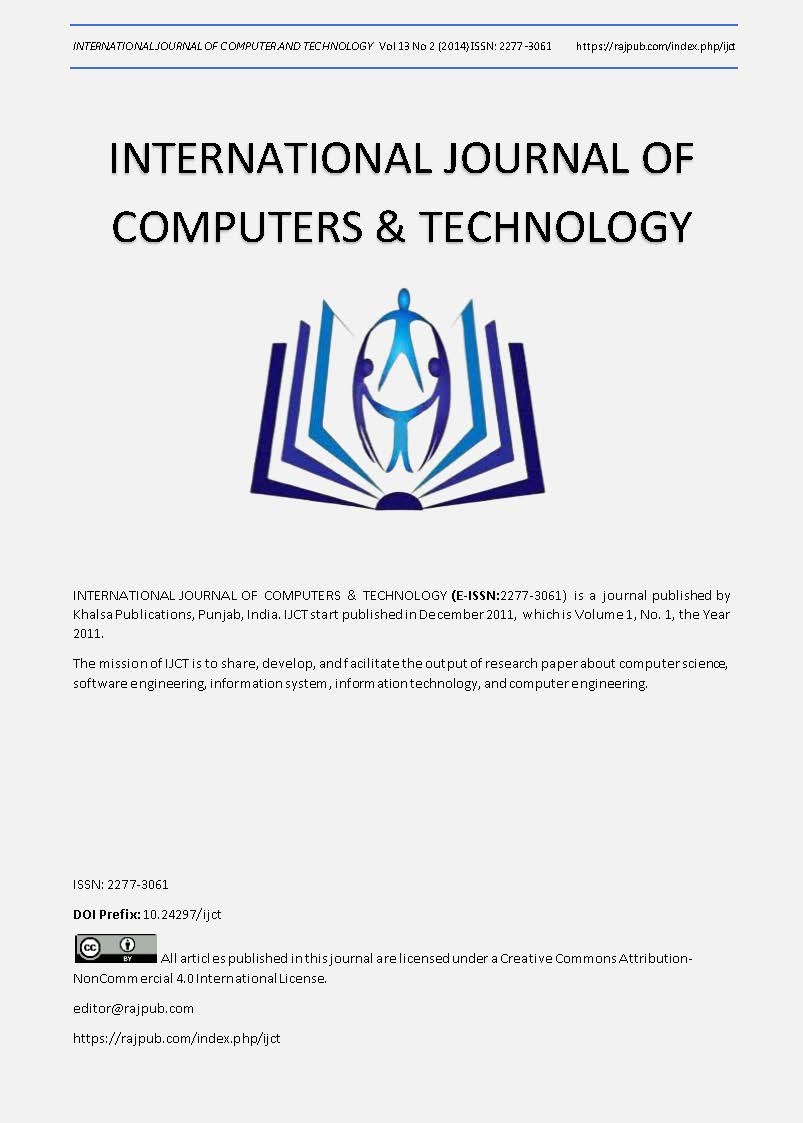Finite-Difference Time-Domain (FDTD) Simulation of Novel Terahertz Structures
DOI:
https://doi.org/10.24297/ijct.v13i2.2903Keywords:
FDTD, (sub) millimeter radiation, micro undulators/wigglers, microwave photonics, THz technologies .Abstract
Previous work on compact, variable, efficient, high brightness radiation sources is extended by calculating the radiated power and angular distributions for different configurations and drive sources. Figures of merit are defined in terms of efficiencies or effective impedances such as the radiation coupling impedance Zr .Characteristics of representative cases are discussed in terms of a few basic parameters. Conditions for interference are discussed and demonstrated. Finally, we discuss some further possibilities together with various impediments to realizing such devices. The differences between bound and free electrons are studied from the standpoint of the frequencies that are practicably achievable. With the ansatz that the transport physics with Maxwell’s Equations are valid but modified by the material properties, a number of analogs exist between these two basic sources of radiation. In many cases, the differences are between macro and micro implementations e.g. between klystrons and klystrinos (micro or nano)  or solid state and semiconductor lasers or rare-earth doped transistors. Cases with no apparent analogs are ones due to unique quantum effects e.g. radiation at 3kTc in superconductors. This is well above magnetic resonance imaging MRI around 0.4 ïeV but well below room temperature at 25 meV. Bound and free possibilities for planar, micro undulators over this range are studied using FDTD techniques. To our knowledge, there have been no implementations of either possibility.









